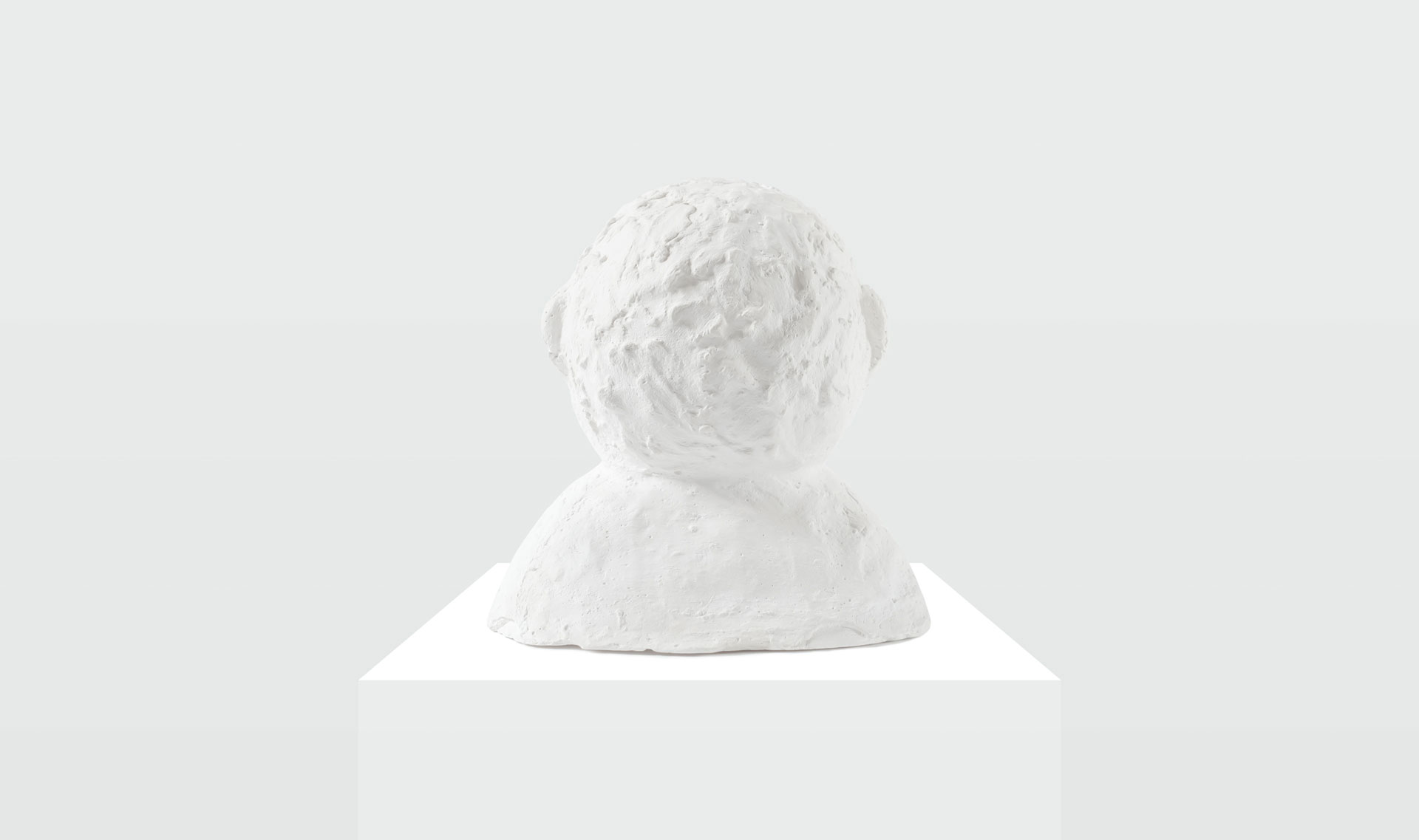The visual theorists of the 19th century focused on the psychological factors involved in image generation and sought a mechanical explanation of the interpretation of the senses and the meaning. Helmholtz established an important theory of consciousness, with the concept of "unconscious inferences": reliable, consistent judgments based on experience, habit, and training, which are triggered without our conscious awareness. The integrated nervous system not only responds passively and predictably to the world's stimuli, but also transforms it into purposeful action. Therefore, it is necessary to consider embedding the vision into the human body and embedding the body into the environment. What the eye sees does not depend on the vision, but on the whole.
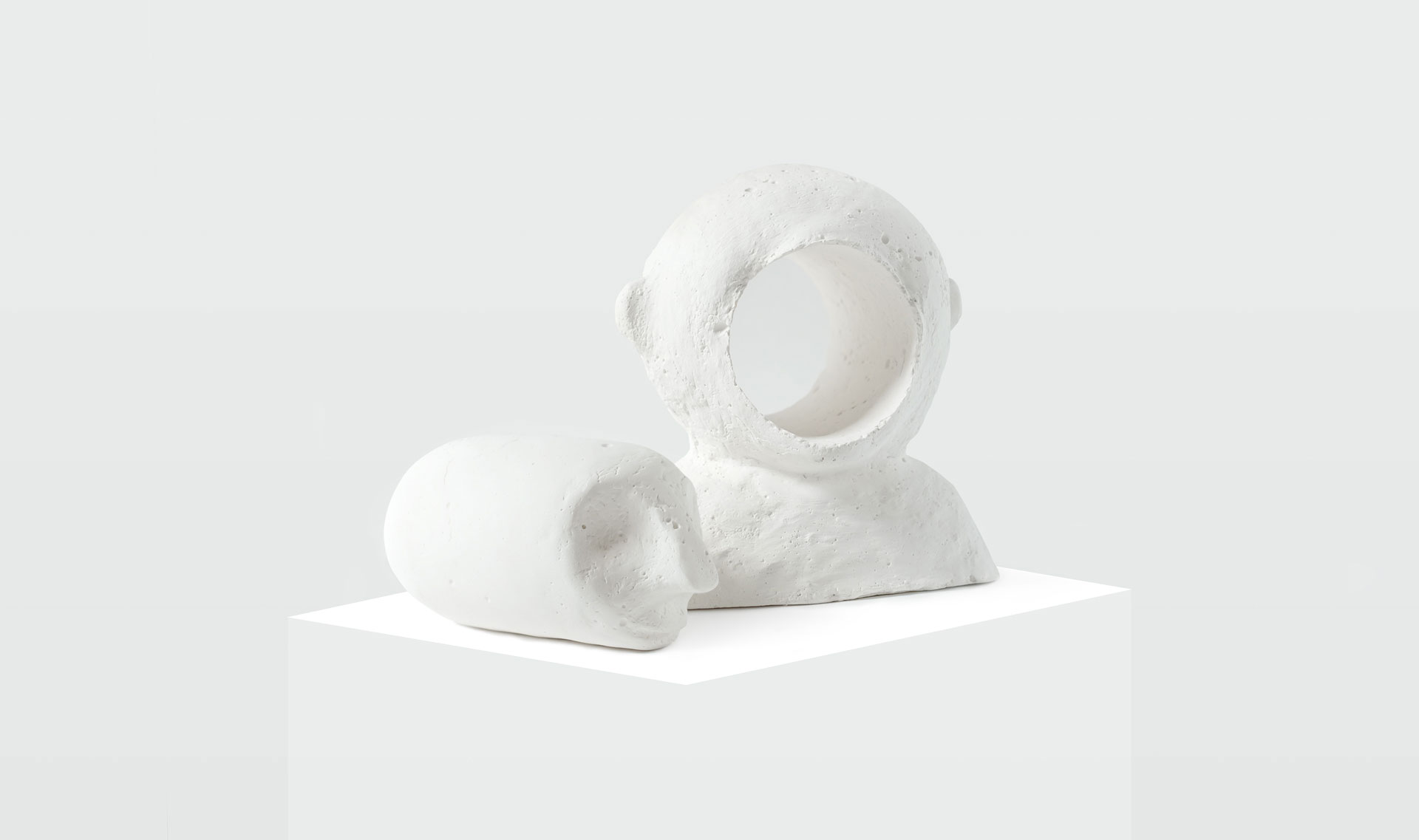
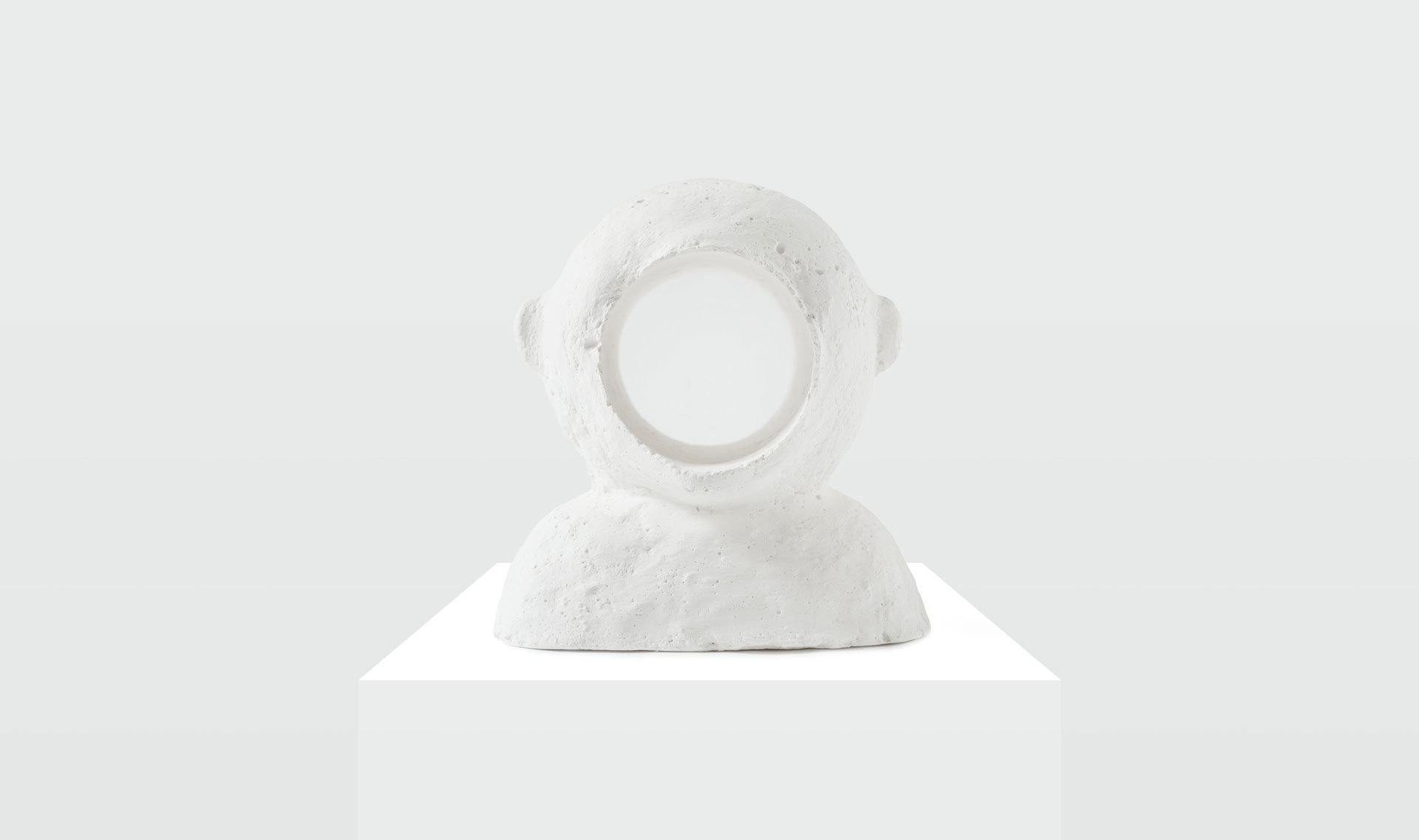

There is a close relationship between vision and experience, even the "unthinking association" in an unconscious state. To some extent, inferences about images are automatically linked to experience from the moment we see them.
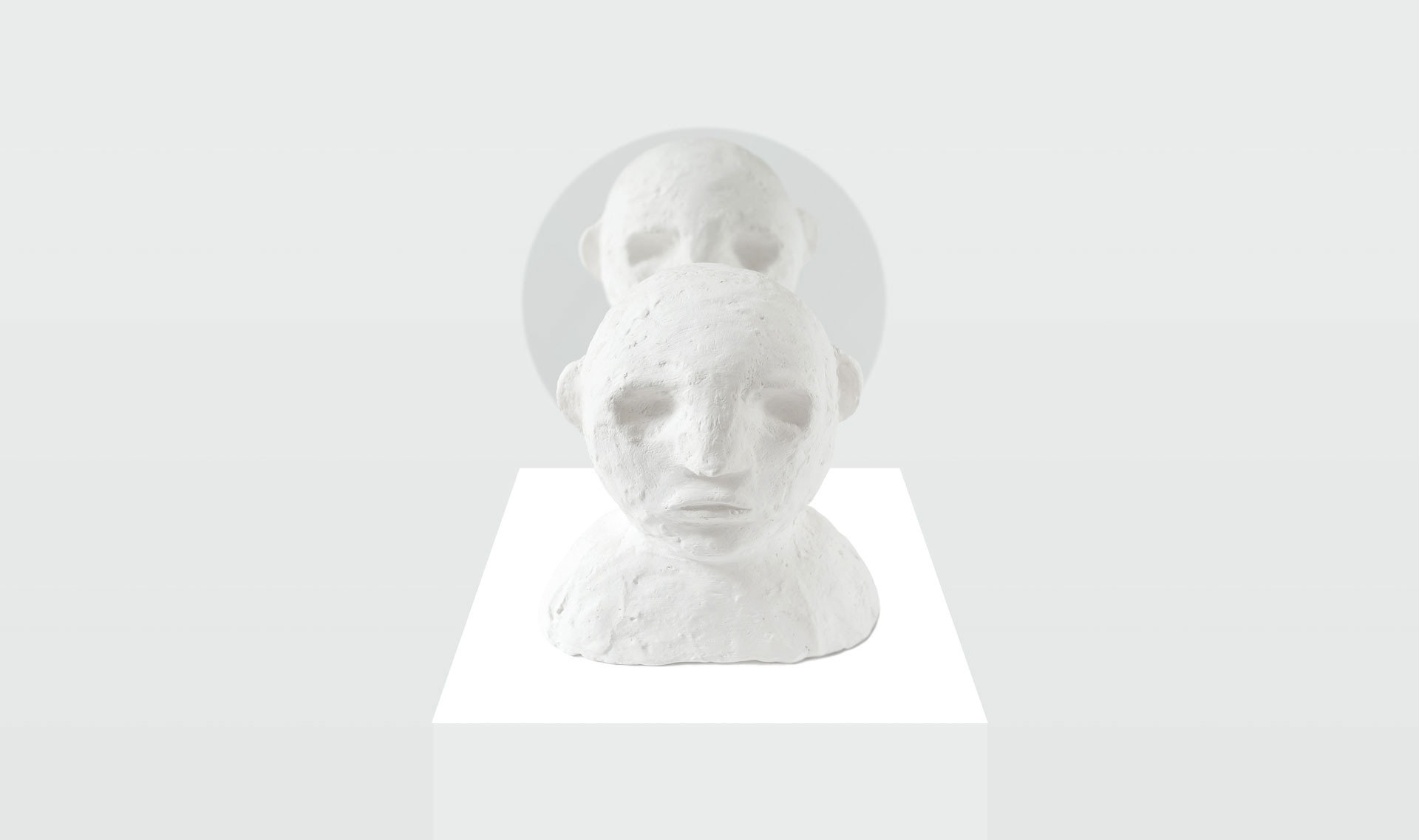
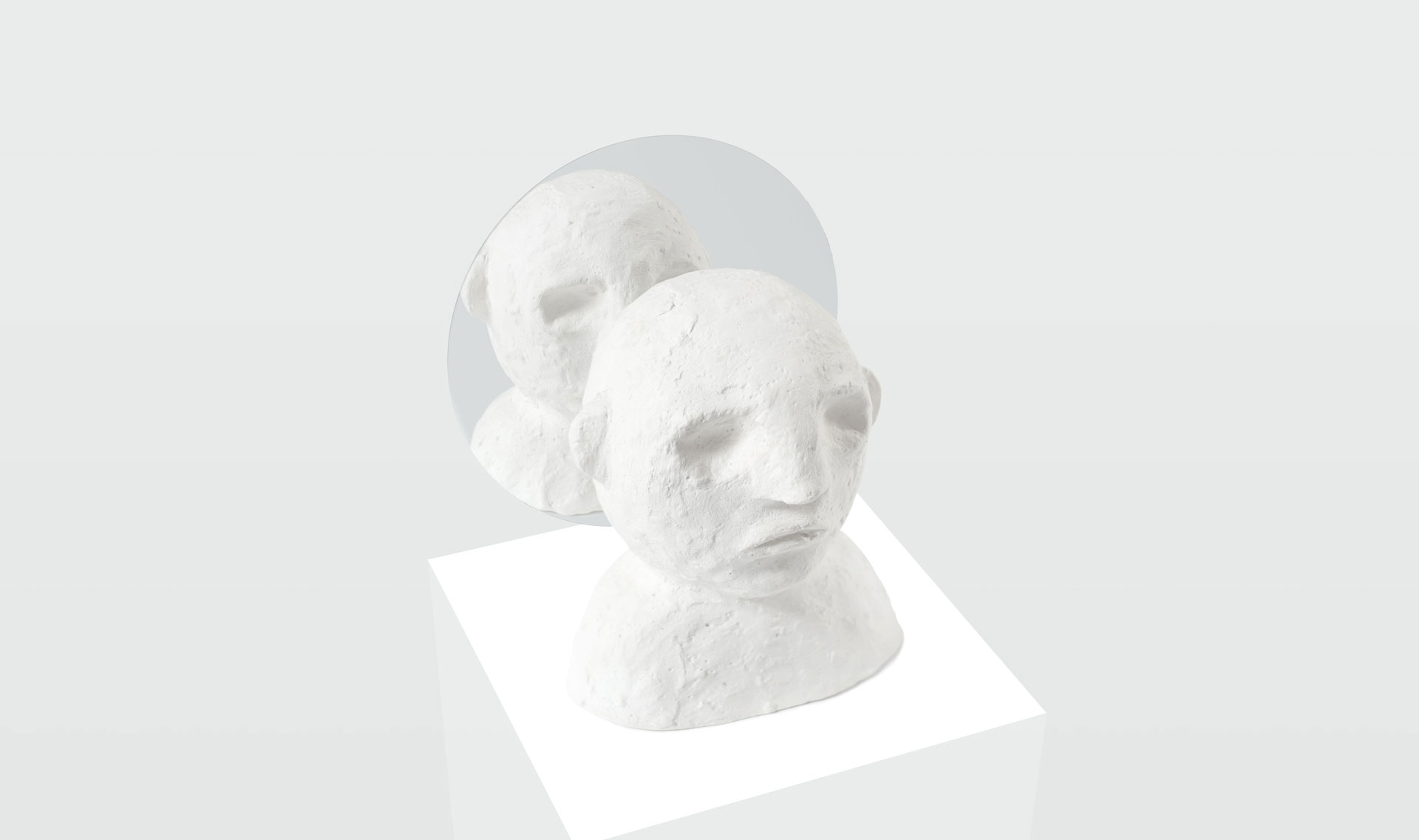
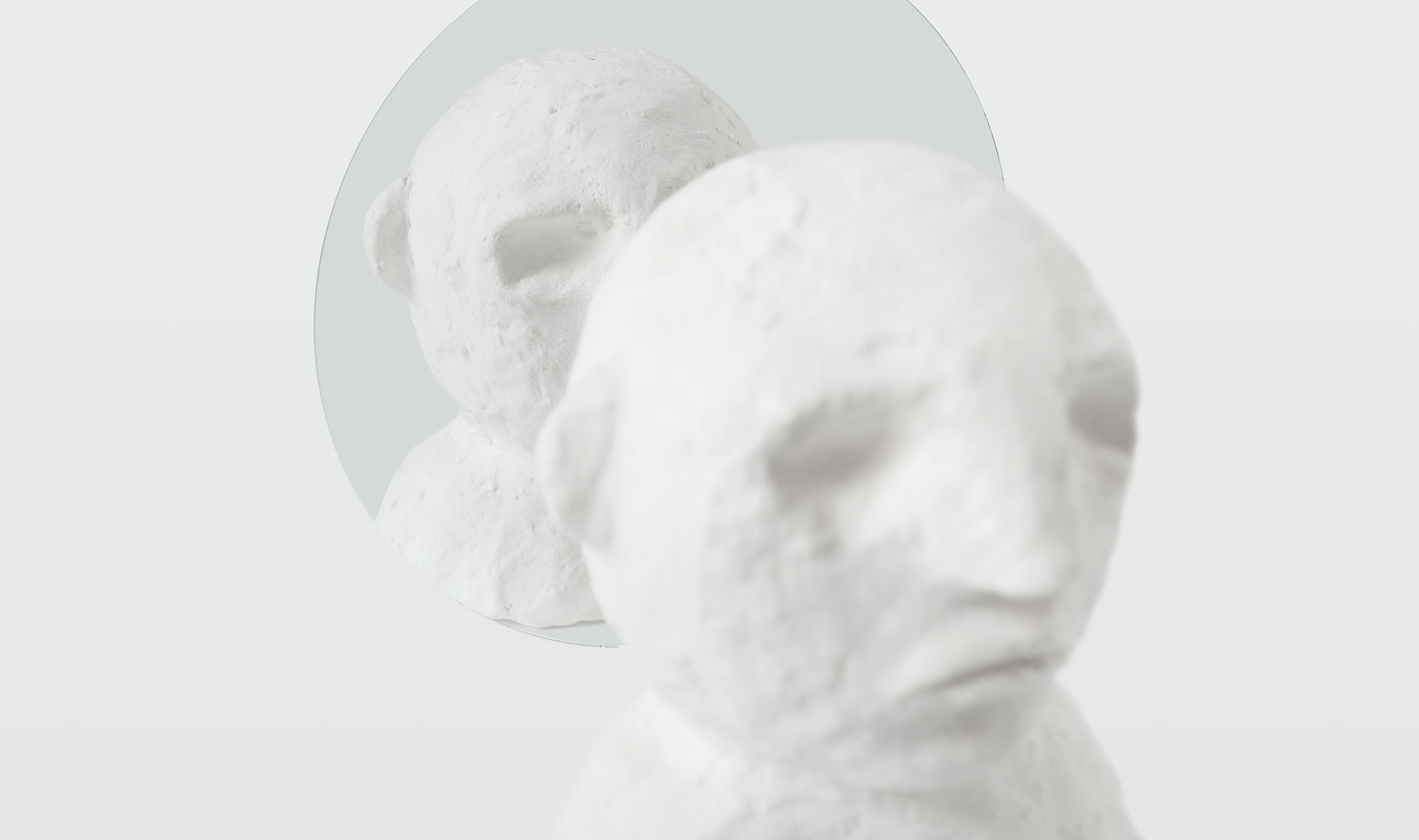
What we really want to see is hidden behind the cover. The cover cannot be removed because it is not a real thing, it only exists in our experience and imagination. We do not really know how objects are “supposed to look.”


